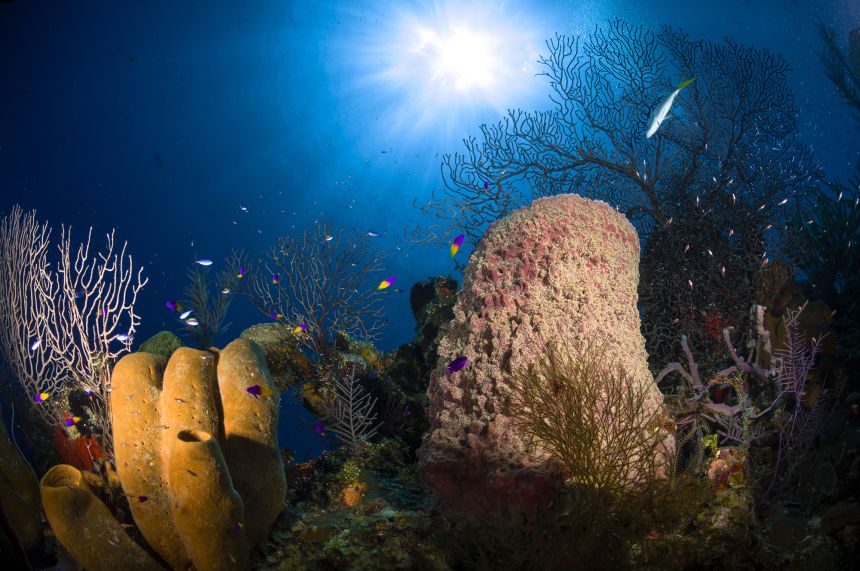One of the things that you should know is that euphyllia corals are known for their rapid growth. However, in order to prevent euphyllia corals from taking over your aquarium, you will need to trim them at least two times per month. Remove any Euphyllia tentacles that are reaching toward the territory of other corals with a pair of sharp coral scissors or blades. Look in your corals for any kind of abundances. When you think your Euphyllia Corals are about to invade the territory of another coral or when they appear to be growing wildly in all directions, cut them. You not only keep your euphyllia corals healthy by cutting and trimming them, but also encourage them to grow even more by maintaining their size and shape, but you also create a peaceful and harmonious environment in which the other fish in your aquarium can thrive.

Coral Fagging and Other Names for Euphyllia –
The tentacles or coral fragments you removed can be used to manually propagate your euphyllia corals. The term for this is “coral fagging.” After obtaining a number of coral fragments from your Euphyllia, you can place them in a different tank where they can grow unaffected by disturbance by attaching them to a mesh wire. An illustration of a Euphyllia coral that is also known as a hammer coral is the Euphyllia ancora. This particular coral has long tentacles that, when looking for food, can extend far beyond its main body. The Euphyllia paraancora is yet another well-liked hammer euphyllia. Except for the type of skeleton, this coral is identical to Euphyllia ancora in all respects.
Aggressive Euphyllia Corals –
While Euphyllia yaeyamaensis is also quickly becoming a popular frogspawn coral to care for in a reef aquarium, Euphyllia divisa and Euphyllia paradivisa are two of the most common frogspawn corals used in home aquariums today. When it comes to adding more colour variety to your species-specific reef aquarium, these corals are ideal. You ought to start to see new polyps framing after something like 6 days. As of now, you can establish the youthful corals or assist them with connecting them to a reasonable substrate. The Euphyllia Coral is known to be aggressive toward non-genus-related corals. All things considered, the least demanding answer for finding wonderful tank mates for your Euphyllia Corals is house them with corals from a similar gathering. The hammer corals, torch corals, and frogspawn corals are the three most prevalent groups of Euphyllia Corals.
Keeping Euphyllia with Photosynthetic Corals –
On the other hand, you can mix and match your Euphyllia Corals with other kinds of coral and aquatic creatures. Euphyllia corals can be kept with other photosynthetic corals that are not aggressive or large. The Acan Coral and the Favia Coral are two examples of corals that can be kept with Euphyllias. Don’t put Euphyllia Corals in a tank with non-photosynthetic corals. These corals will only suffer if they are placed in an aquarium designed specifically for photosynthetic or light-loving corals because they may have different needs for water and lighting. For instance, you should keep your Euphyllias separate from any bubble or trumpet corals.
Quick Points About Euphyllia Corals –
The Euphyllia Coral is a large polyp-stony coral that comes from the reefs of Samoa and the Indo-Pacific. This coral is well-known for its durability and tolerance of different Euphyllia species; As a result, it is a highly recommended choice for beginning aquarists. Hammer coral, torch coral, and frogspawn coral are three of the most prevalent varieties of Euphyllia coral. To prevent it from being aggressive, you need to keep this coral at least six inches away from the next coral colony. The Euphyllia Coral thrives in aquariums that are properly positioned and occasionally target-fed. It prefers aquariums that are moderately to low-lit and have similarly gentle water flow.
